Unclogging a Bathroom Sink
Dealing with a completely clogged bathroom sink can be a frustrating and inconvenient experience. But before you call a plumber and spend a hefty amount of money, there are a few simple steps you can try to unclog the sink yourself.
First, assess the severity of the clog. If the water is not draining at all, then the clog is most likely located near the drain. However, if the water is draining slowly, the clog may be further down the pipes.
Next, gather some basic supplies such as a plunger, a bucket, and a drain snake or wire hanger. These items will help you clear the clog and get your sink functioning properly again.
How to Fix a Completely Clogged Bathroom Sink
One of the most effective methods for unclogging a bathroom sink is using a plunger. Place the plunger over the drain and make sure it forms a tight seal. Then, vigorously plunge up and down for a few minutes. This should create enough pressure to dislodge the clog and allow the water to flow freely.
If the plunger does not work, you can try using a drain snake or a straightened wire hanger to manually remove the clog. Insert the snake or hanger into the drain and move it around to break up and remove the clog. Be careful not to push the clog further into the pipes.
DIY Solutions for a Clogged Bathroom Sink
If you prefer to use natural or homemade solutions, there are a few options that can help clear a clogged bathroom sink. Pouring a mixture of baking soda and vinegar down the drain can create a chemical reaction that can loosen and remove the clog. Let the mixture sit for at least 30 minutes before flushing it with hot water.
You can also try using boiling water to break up the clog. Carefully pour a pot of boiling water down the drain and let it sit for a few minutes. Repeat this process a few times until the clog is cleared.
Clearing a Bathroom Sink Drain
If the clog is located further down the pipes, you may need to remove the drain stopper to access and clear the clog. Most bathroom sink stoppers can be removed by unscrewing them or pulling them straight up. Once the stopper is removed, you can use a drain snake or wire hanger to manually remove the clog.
Another option is to use a chemical drain cleaner, but be cautious as these can be harsh and may damage your pipes. Read the instructions carefully and use protective gear when handling these products.
Simple Steps to Unclog a Bathroom Sink
Prevention is key when it comes to keeping your bathroom sink from becoming completely clogged. To avoid future clogs, make sure to regularly clean your drain stopper and remove any hair or debris that may be trapped in it. You can also use a hair catcher or strainer to prevent hair from going down the drain.
It's also important to avoid pouring grease, oil, or coffee grounds down the drain as these can solidify and cause clogs. Instead, dispose of them in the trash.
Effective Methods for a Completely Clogged Bathroom Sink
If none of the DIY solutions work, it may be time to call a professional plumber. They have specialized tools and equipment that can effectively clear even the most stubborn clogs. Plus, they can also identify and fix any underlying issues that may be causing the clog.
It's also a good idea to schedule regular drain cleaning maintenance with a plumber to prevent clogs from occurring in the first place.
Troubleshooting a Bathroom Sink that Won't Drain
If you've tried all of the above methods and your bathroom sink still won't drain, there may be a more serious issue at hand. It's possible that the clog is located in the main sewer line, which will require professional help to fix.
In some cases, a completely clogged bathroom sink may be a sign of a bigger plumbing problem. It's important to address these issues as soon as possible to avoid further damage and costly repairs.
Professional Tips for Unclogging a Bathroom Sink
When attempting to unclog a bathroom sink, it's important to be cautious and avoid causing any damage to your pipes. If you are unsure of what to do or how to fix the issue, it's best to leave it to the professionals.
They can also provide helpful tips and advice on how to maintain your bathroom sink to prevent future clogs. This may include regular cleaning and using drain guards or strainers to catch hair and debris.
Preventing a Bathroom Sink from Becoming Completely Clogged
The best way to deal with a completely clogged bathroom sink is to prevent it from happening in the first place. By following simple maintenance tips and being mindful of what goes down your drain, you can avoid the hassle and frustration of a clogged sink.
Regularly cleaning your drain stopper and disposing of grease and other potential clog-causing items properly can go a long way in keeping your bathroom sink functioning properly. And don't forget to schedule regular plumbing maintenance to catch any potential issues before they become bigger problems.
Using Natural Remedies to Clear a Clogged Bathroom Sink
If you prefer to use natural or homemade solutions to unclog your bathroom sink, there are a few options that can be just as effective as chemical drain cleaners. For example, you can use a mixture of salt, baking soda, and vinegar to create a foaming reaction that can break up and remove clogs. Let the mixture sit for at least an hour before flushing it with hot water.
You can also try using a combination of lemon juice and hot water to dissolve and remove clogs. Pour the lemon juice down the drain and let it sit for a few minutes before flushing with hot water.
Whichever method you choose, it's important to be patient and persistent when attempting to unclog a completely clogged bathroom sink. With the right tools and techniques, you can successfully fix the issue and get your sink back to working properly in no time.
How to Fix a Completely Clogged Bathroom Sink
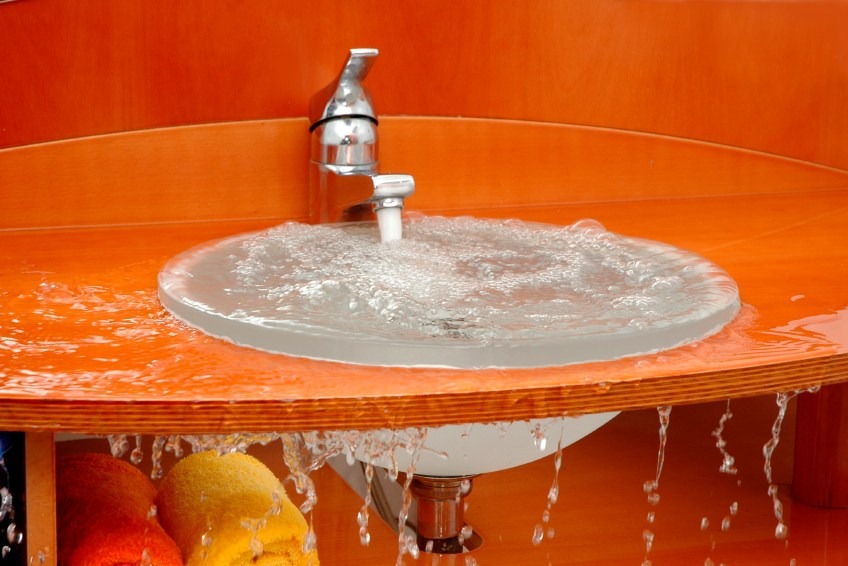
Dealing with a clogged bathroom sink can be a frustrating and inconvenient problem for any homeowner. Not only does it disrupt your daily routine, but it can also lead to unpleasant odors and potential damage to your pipes. If you find yourself facing a completely clogged bathroom sink, don't panic! With the right tools and techniques, you can easily resolve this issue and get your sink back to working order.

First and foremost, it's important to understand what may have caused the clog in the first place. Hair, soap residue, and other debris are common culprits for a clogged sink. Therefore, it's essential to regularly clean your sink and drain to prevent buildup and potential blockages.
Tools You Will Need

Before you begin attempting to unclog your sink, it's essential to have the right tools on hand. Here are some items you will need:
- Plunger: A plunger is a must-have tool for any clogged sink. It creates pressure and suction to help dislodge and remove the blockage.
- Drain Snake: For more stubborn clogs, a drain snake can be a useful tool. It is a long, flexible rod with a corkscrew-like end that can reach deep into the drain and pull out any debris.
- Vinegar and Baking Soda: These household products can be used as a natural and chemical-free alternative to unclog your sink. When combined, they create a chemical reaction that can help break down the blockage.
- Bucket and Towels: It's always a good idea to have a bucket and towels on hand to catch any water that may spill out during the unclogging process.
Unclogging Your Sink

Now that you have your tools ready, it's time to get to work. Here are some steps to follow to unclog your bathroom sink:
- Remove any standing water: If there is any standing water in your sink, use a bucket or towels to remove it before attempting to unclog it.
- Use a plunger: Place the plunger over the drain and push down and pull up rapidly to create suction. Continue this motion for a few minutes, and then check to see if the water is draining. If not, move on to the next step.
- Try a drain snake: If the plunger didn't work, use a drain snake to reach deeper into the drain and try to remove the blockage.
- Use natural solutions: If you prefer a chemical-free approach, you can try pouring a mixture of equal parts vinegar and baking soda down the drain . Let it sit for 30 minutes, then rinse with hot water.
- Call a professional: If all else fails, it's best to call a professional plumber to handle the clog. They have the necessary tools and expertise to resolve the issue safely and effectively.
Preventing Future Clogs

To avoid dealing with a completely clogged bathroom sink in the future, here are some tips to keep in mind:
- Regularly clean your sink and drain : As mentioned earlier, regular cleaning can help prevent buildup and potential blockages.
- Use a drain cover: A drain cover can help catch hair and other debris before they make their way into your drain .
- Be mindful of what you put down the drain : Avoid pouring grease, oil, and other substances down your drain as they can solidify and cause clogs.
By following these tips and techniques, you can easily fix a completely clogged bathroom sink and prevent it from happening again in the future. Remember to stay calm and patient, and if all else fails, don't hesitate to call a professional for assistance.

/plumber-unclogging-kitchen-sink-169270382-5797a9355f9b58461f27f024.jpg)

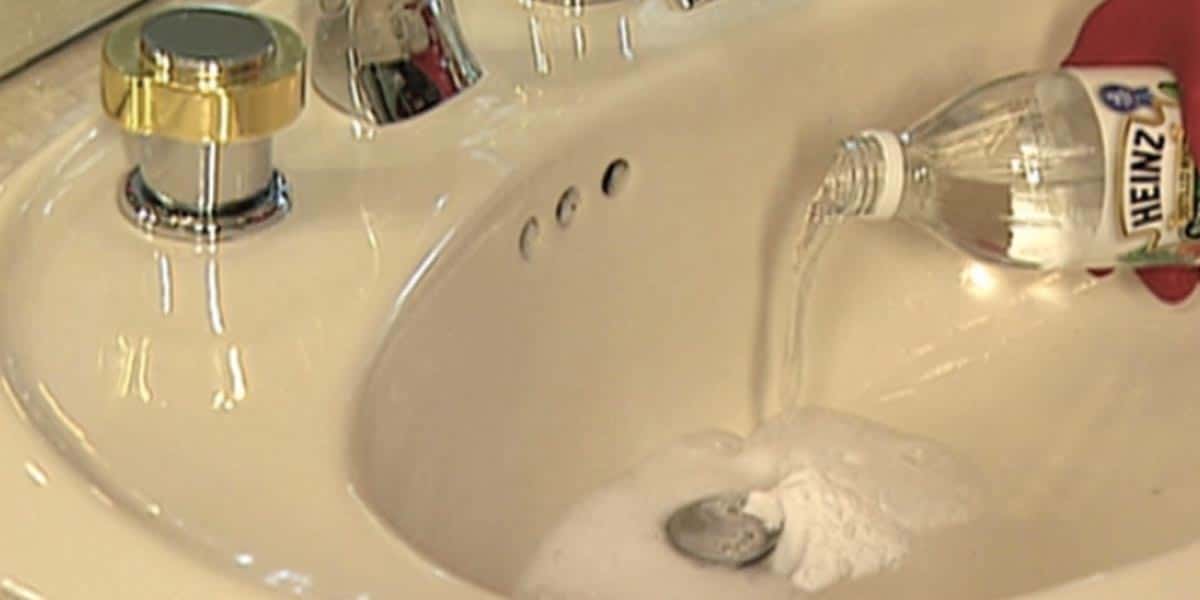





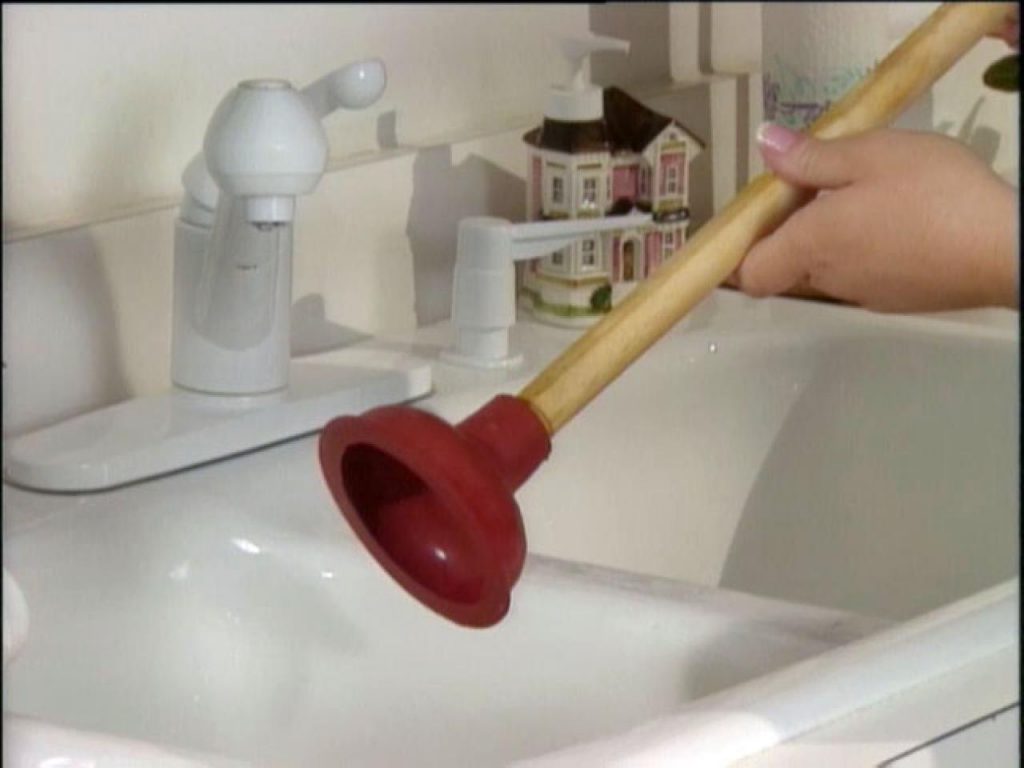
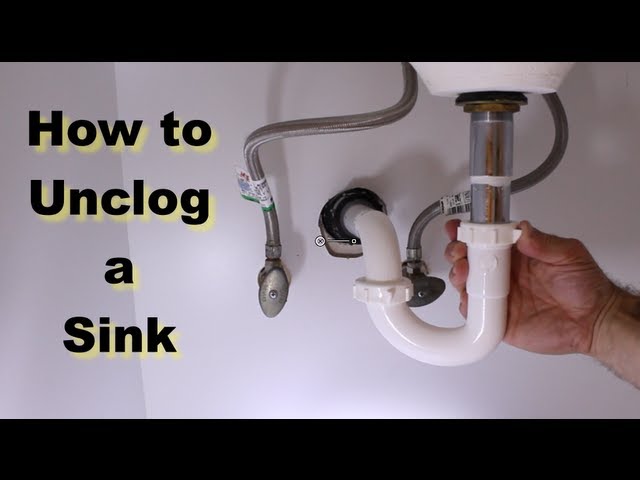










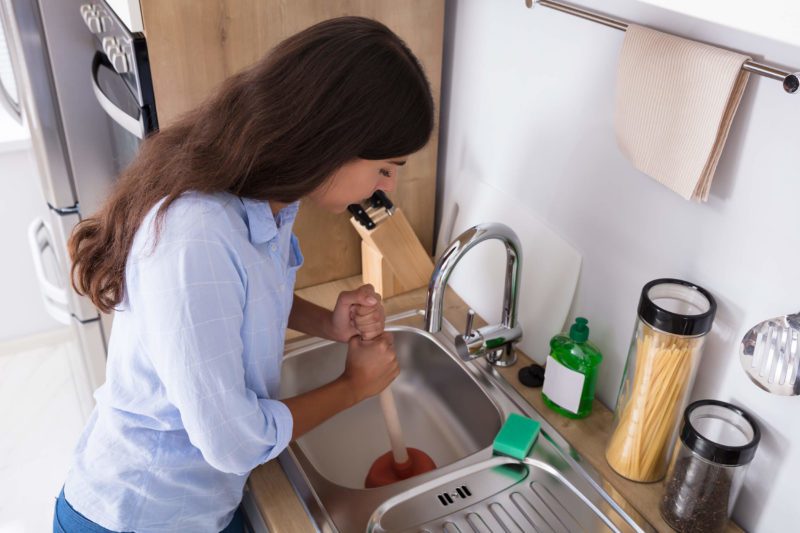









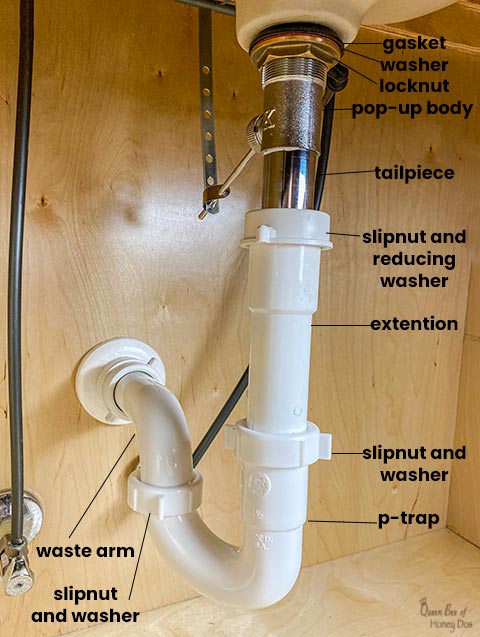
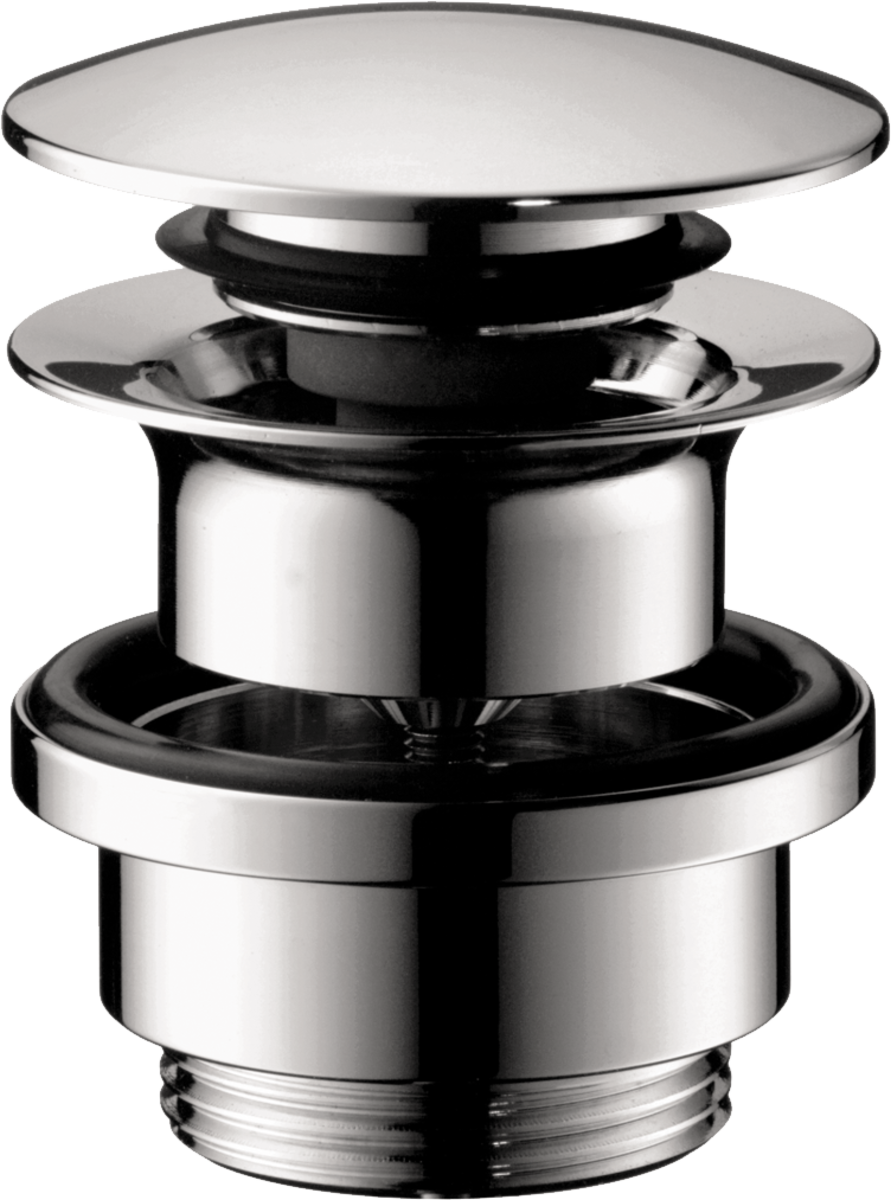
:max_bytes(150000):strip_icc()/freshen-and-unclog-drain-with-baking-soda-1900466-22-bbf940b70afa4d5abef0c54da23b1d3f.jpg)
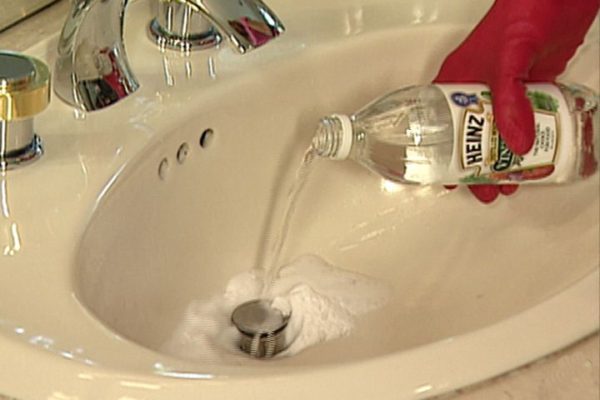
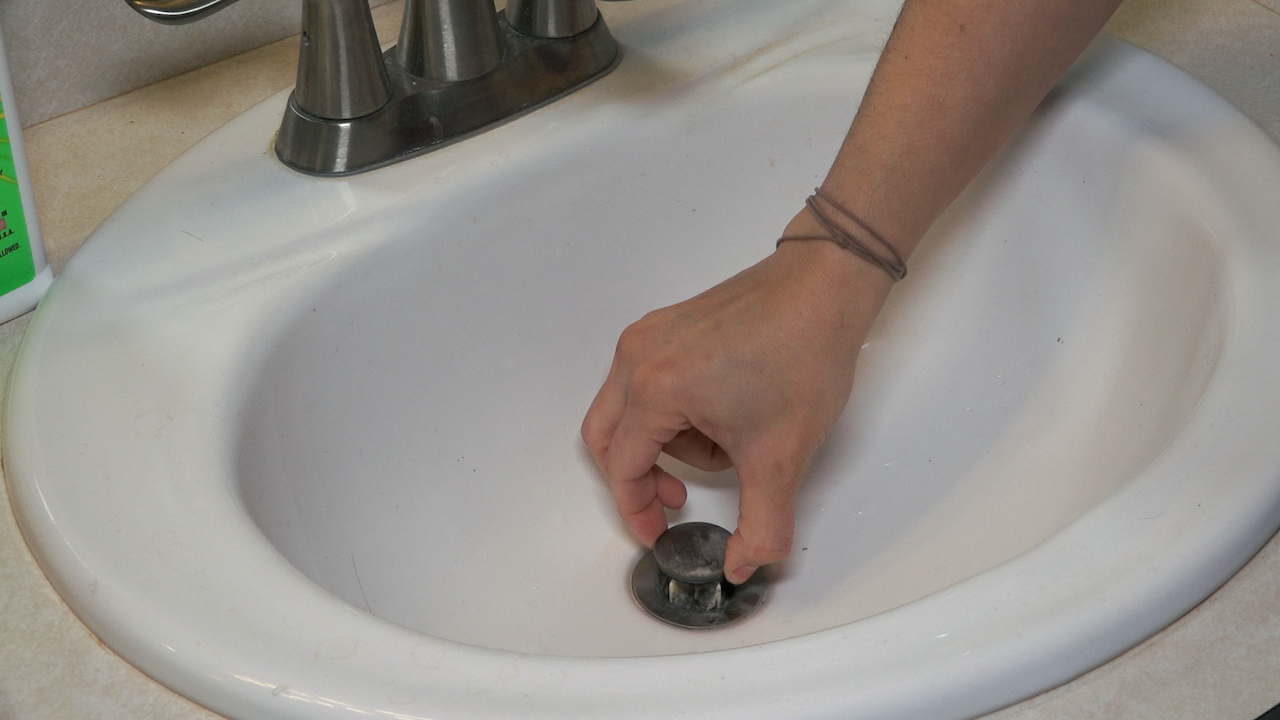























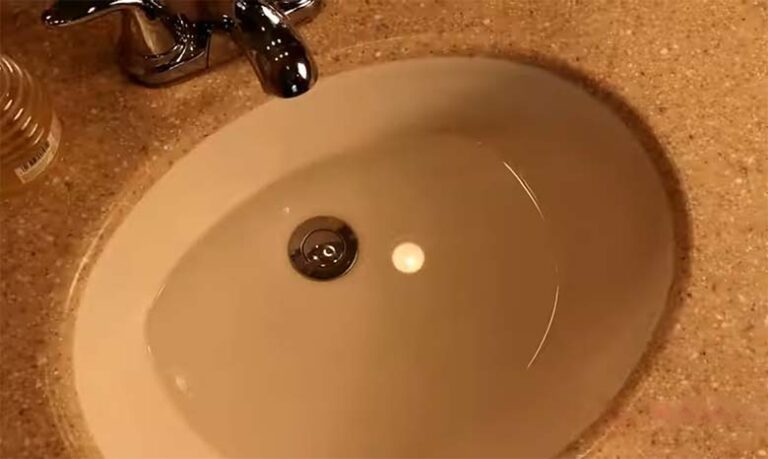






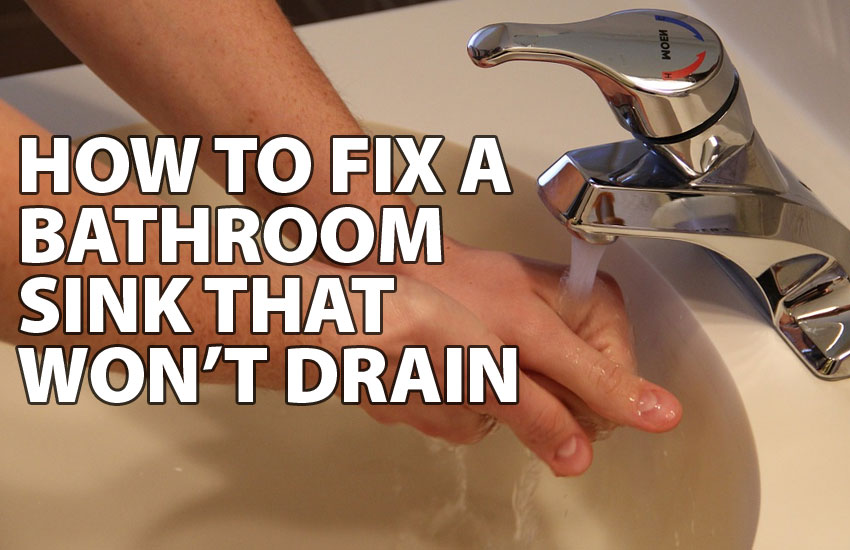

















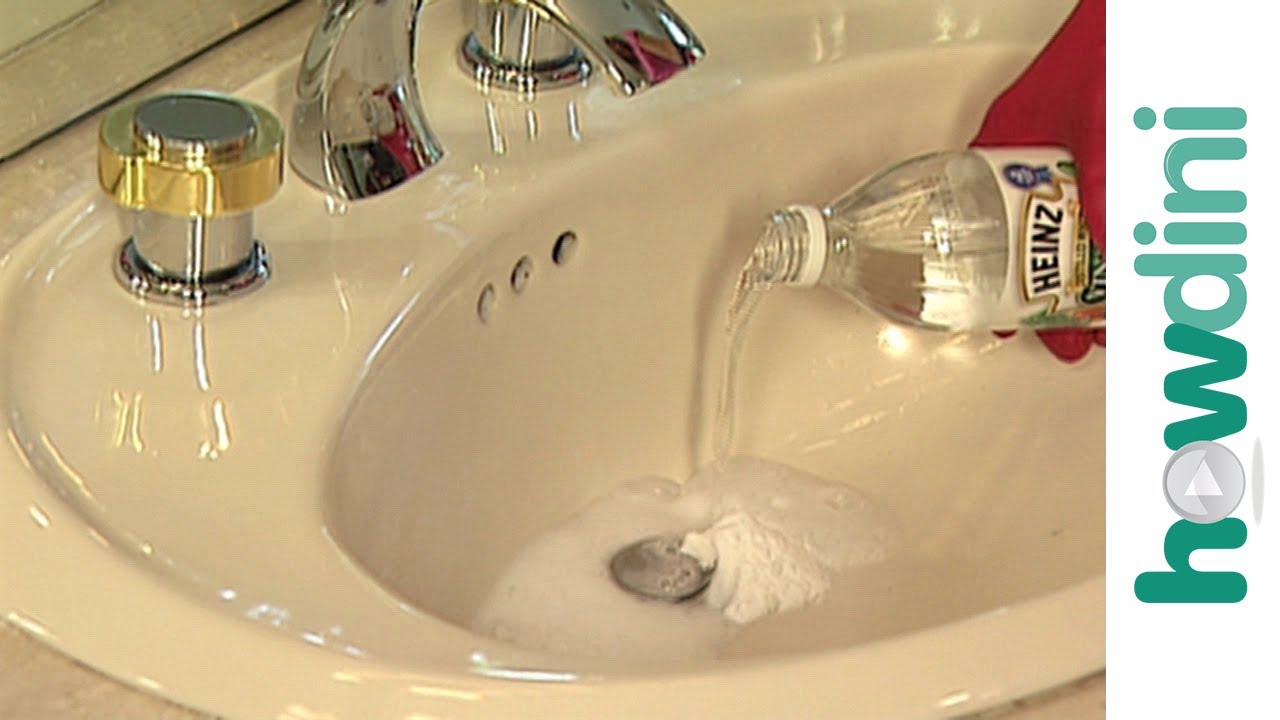



:max_bytes(150000):strip_icc()/SleeponLatex-b287d38f89374e4685ab0522b2fe1929.jpeg)


